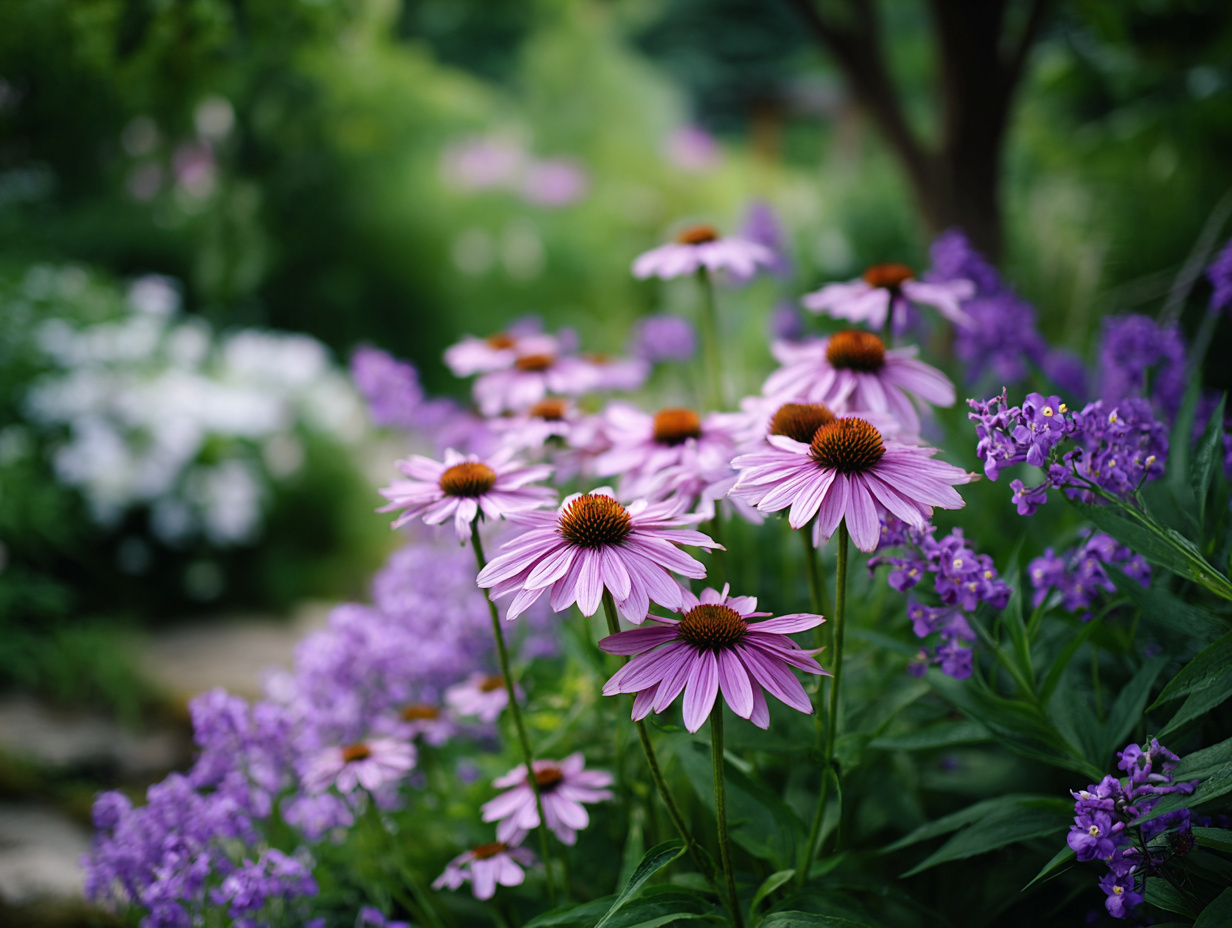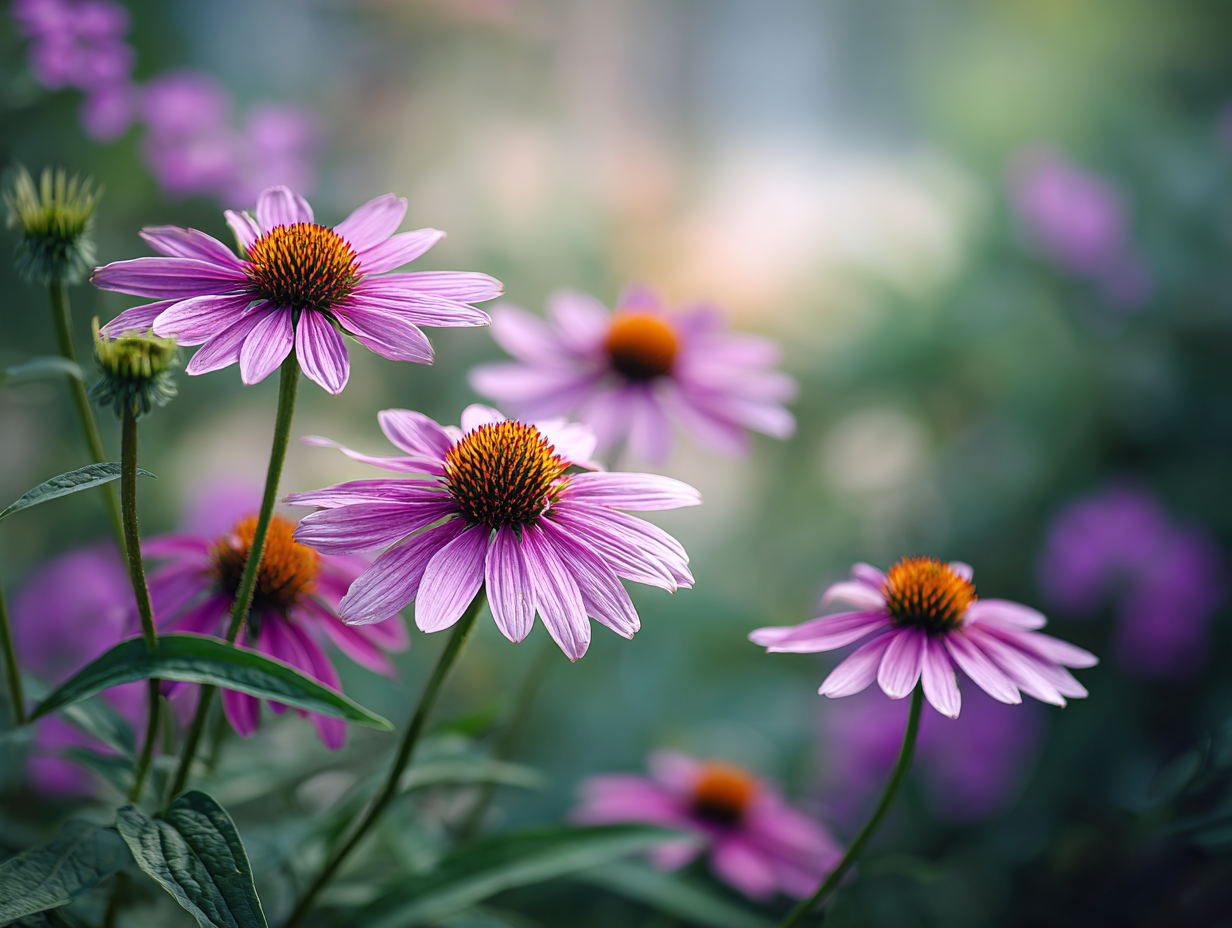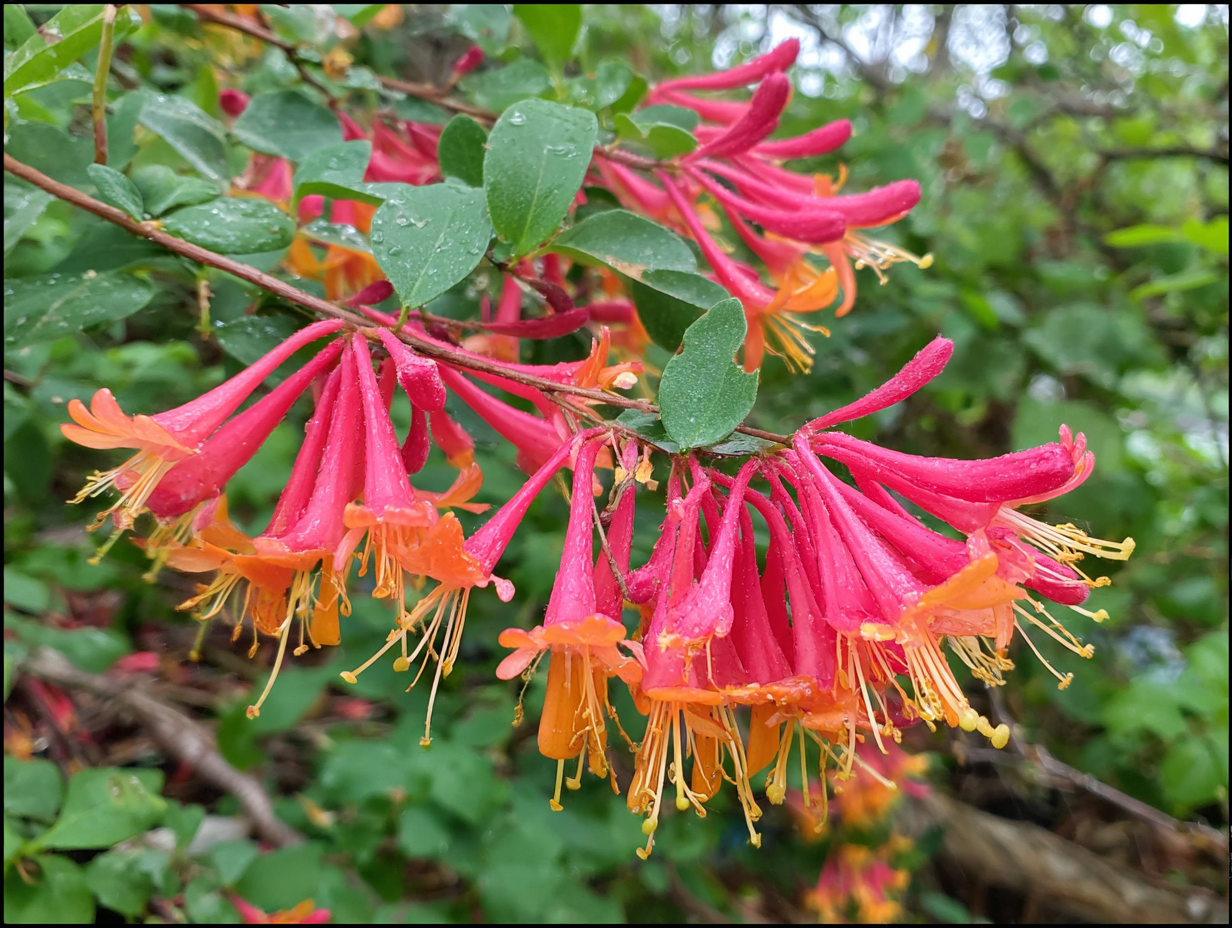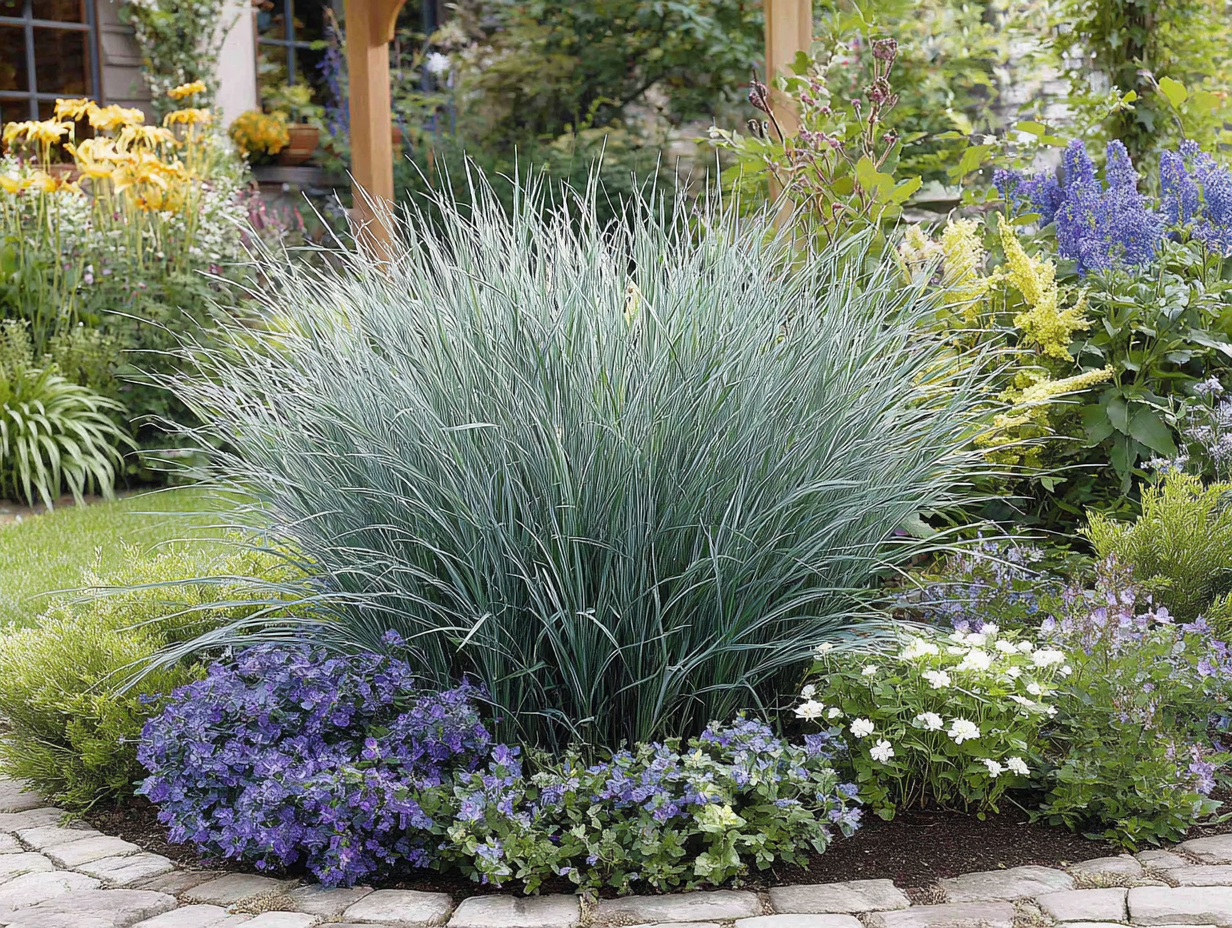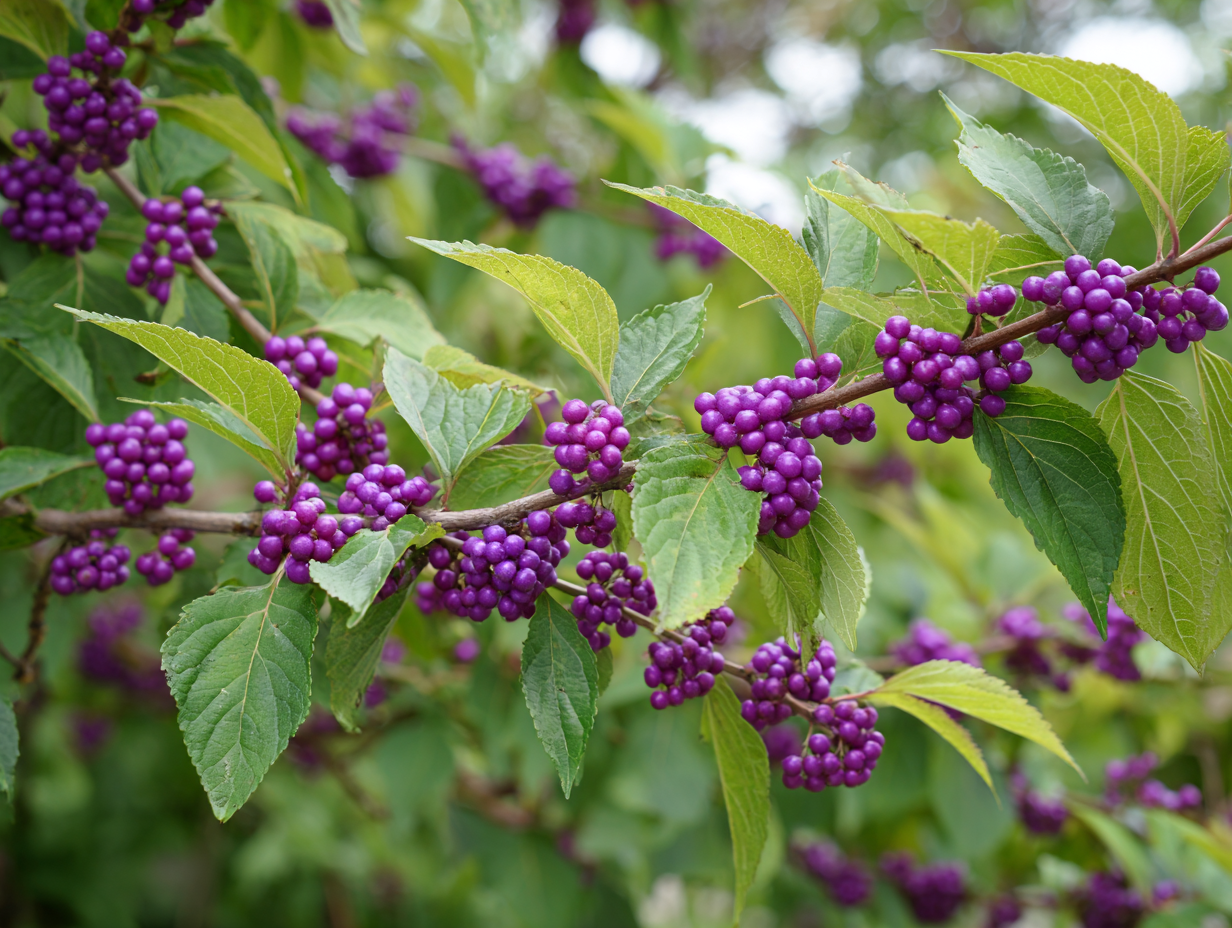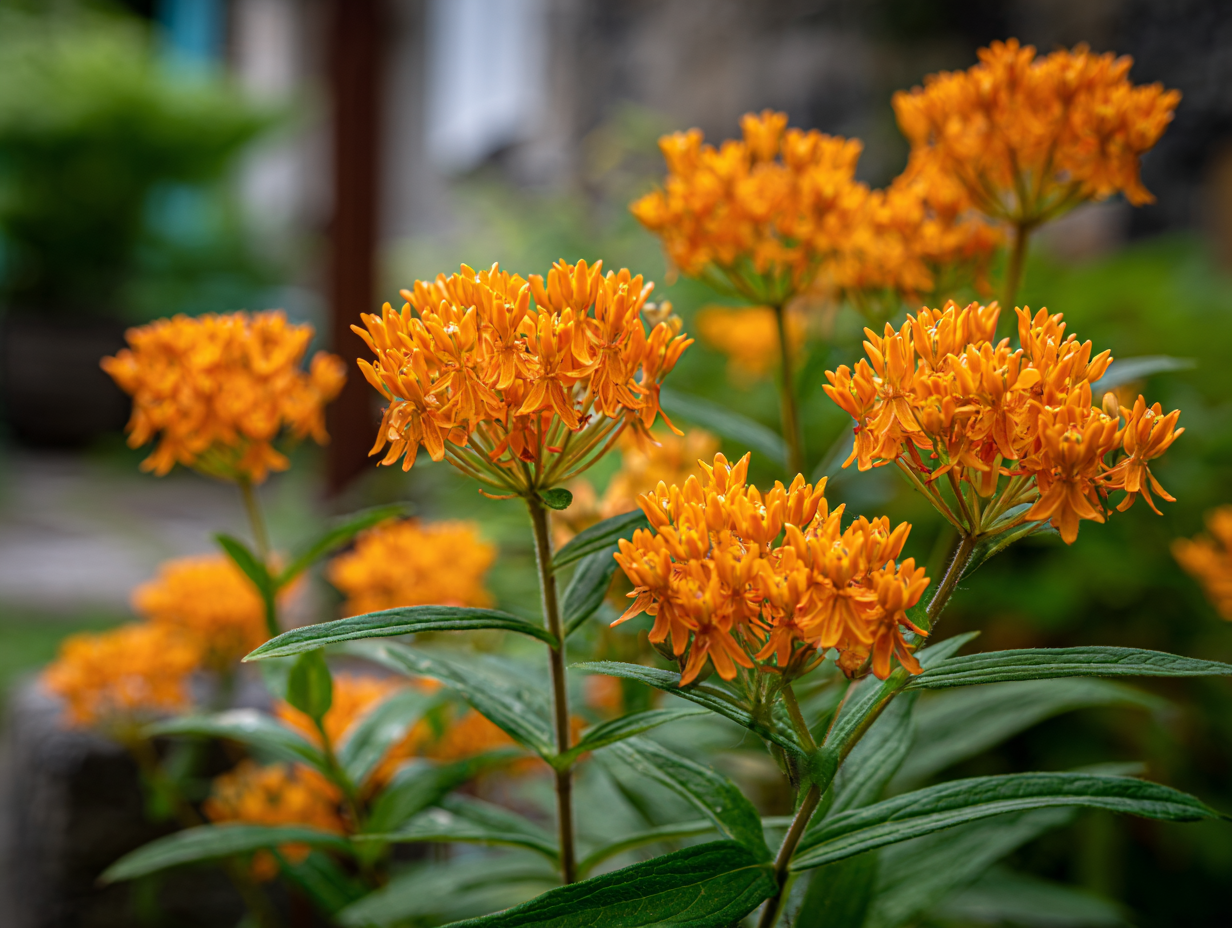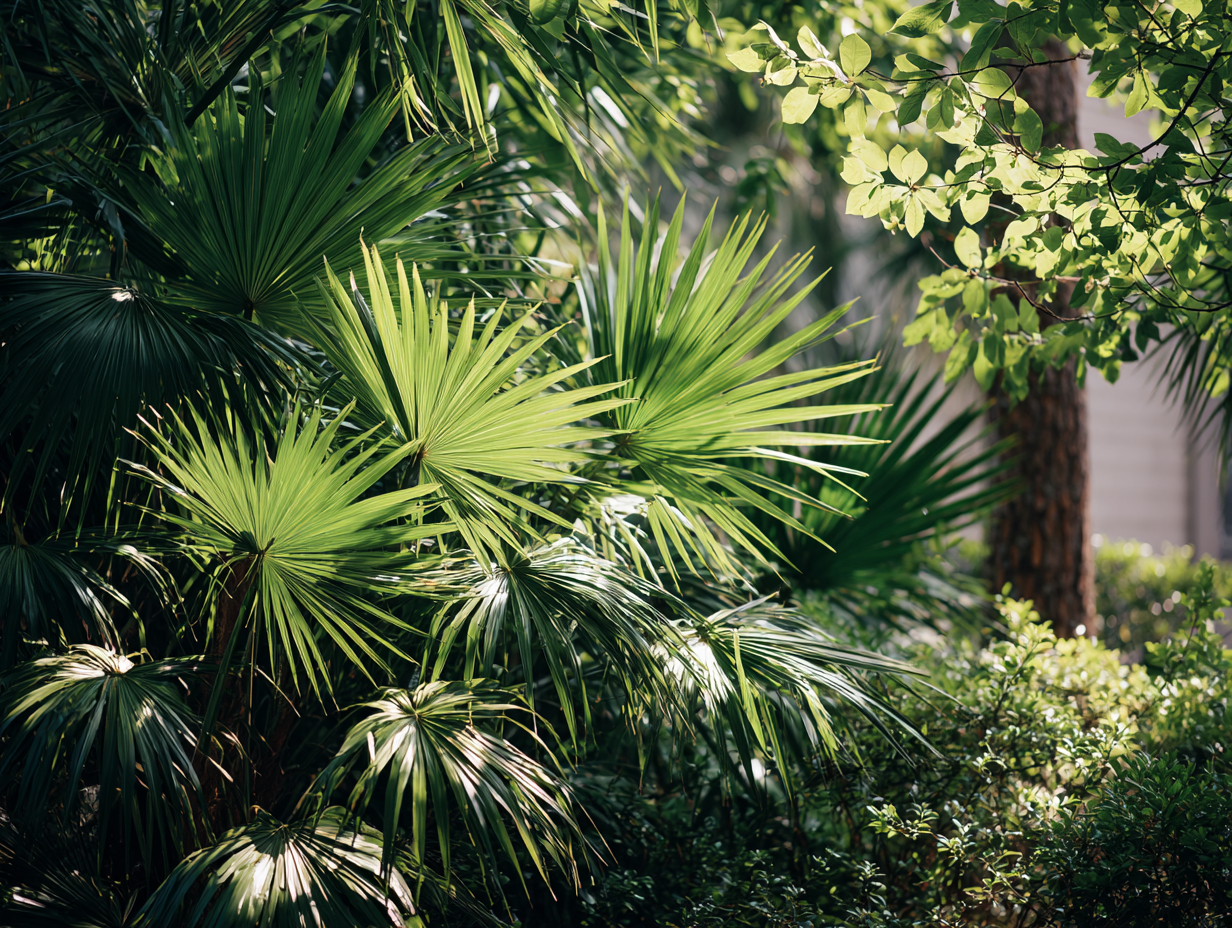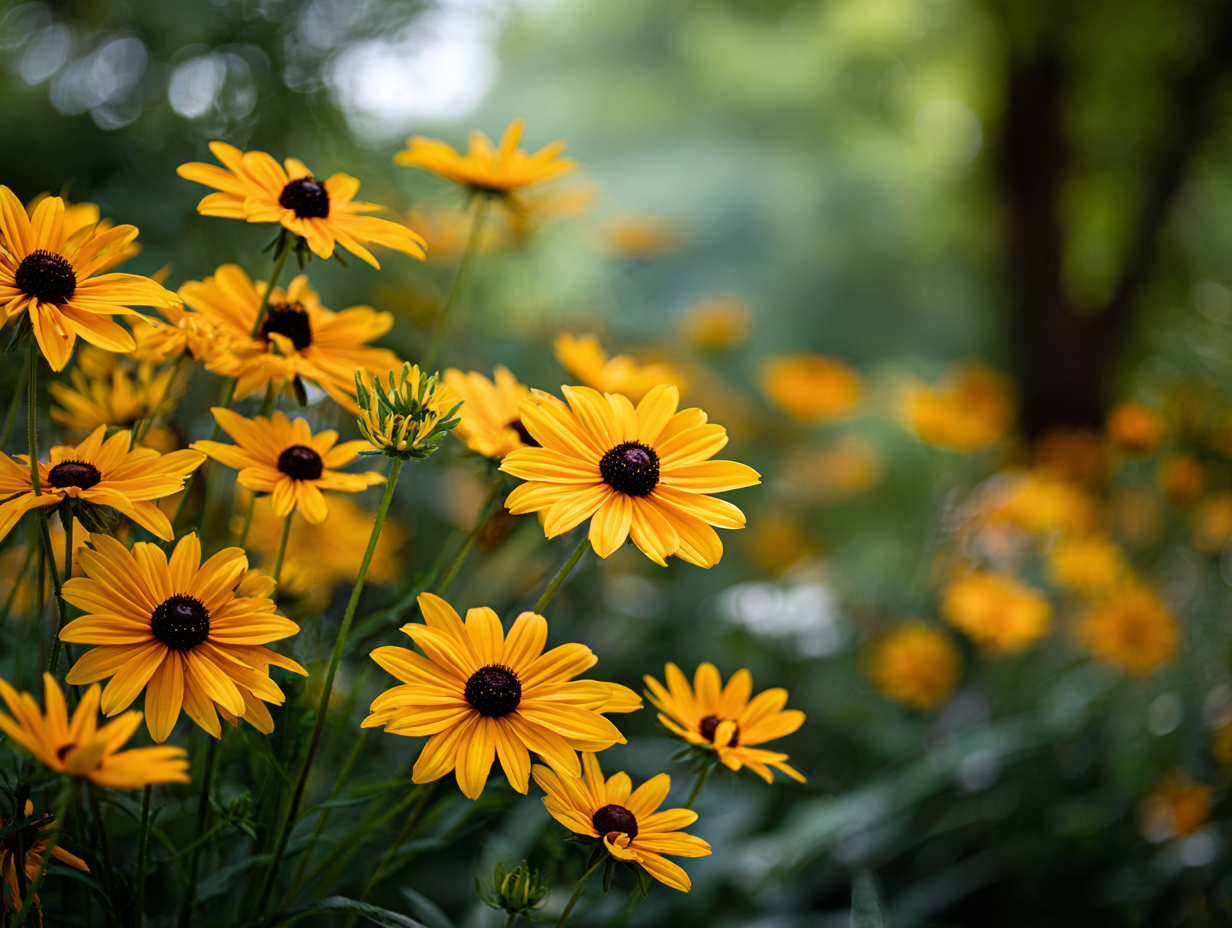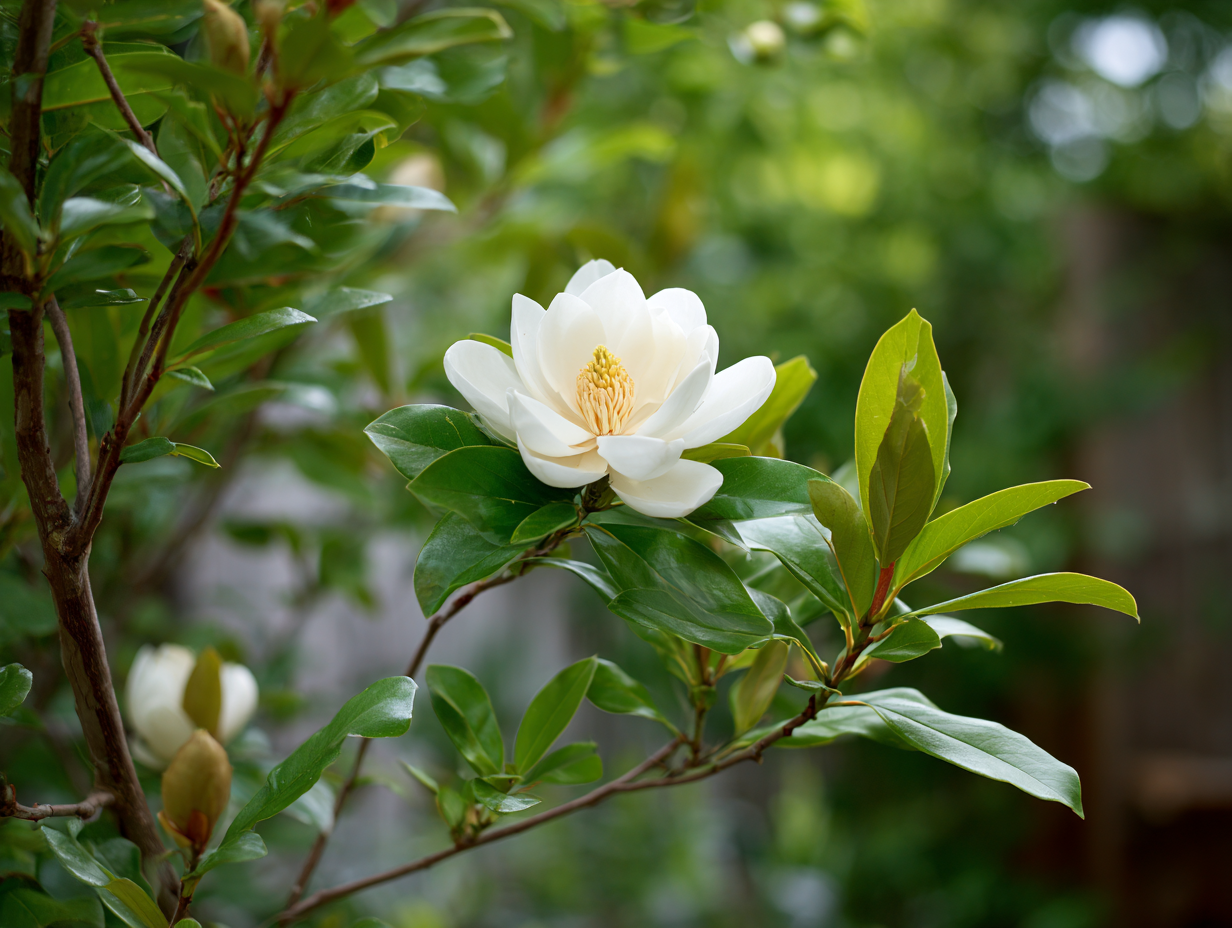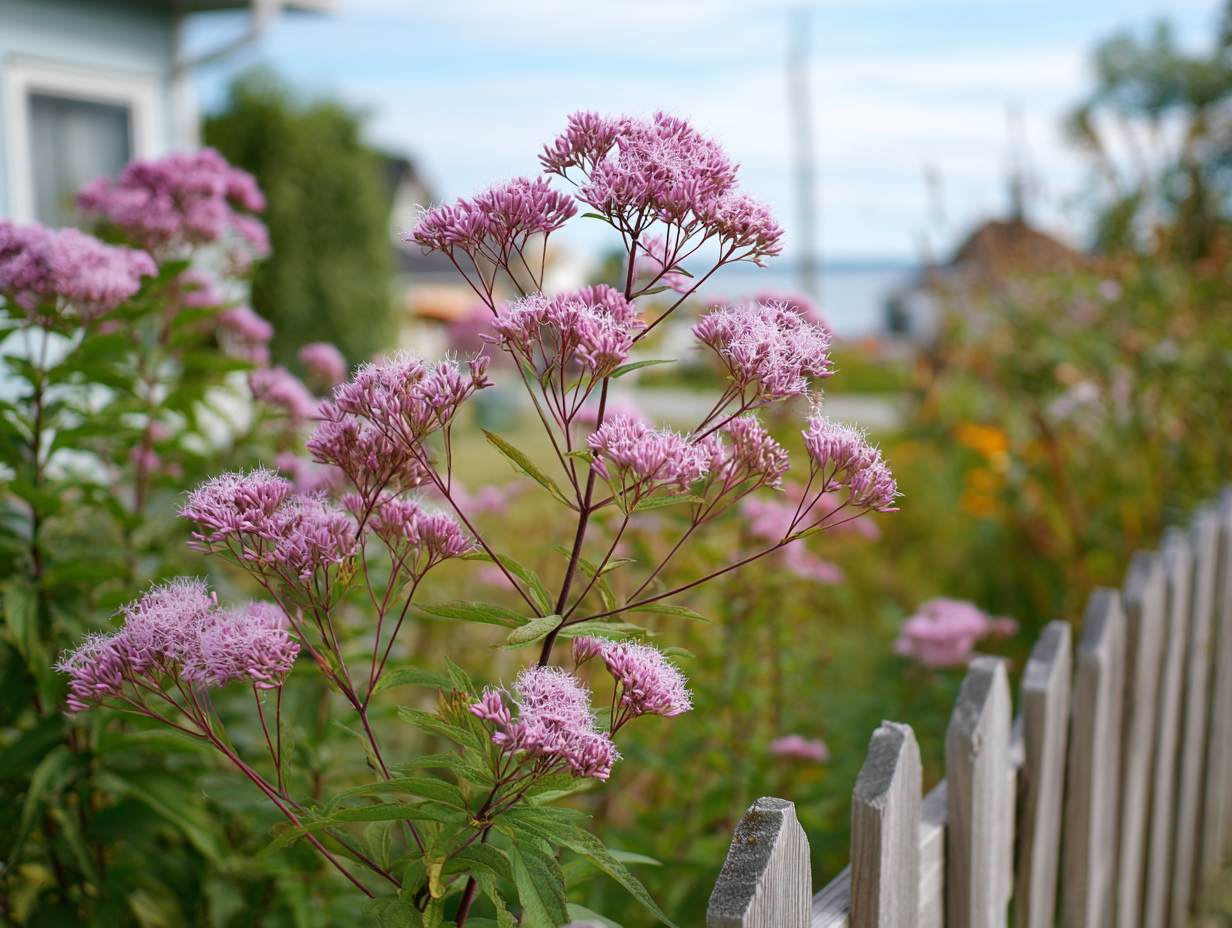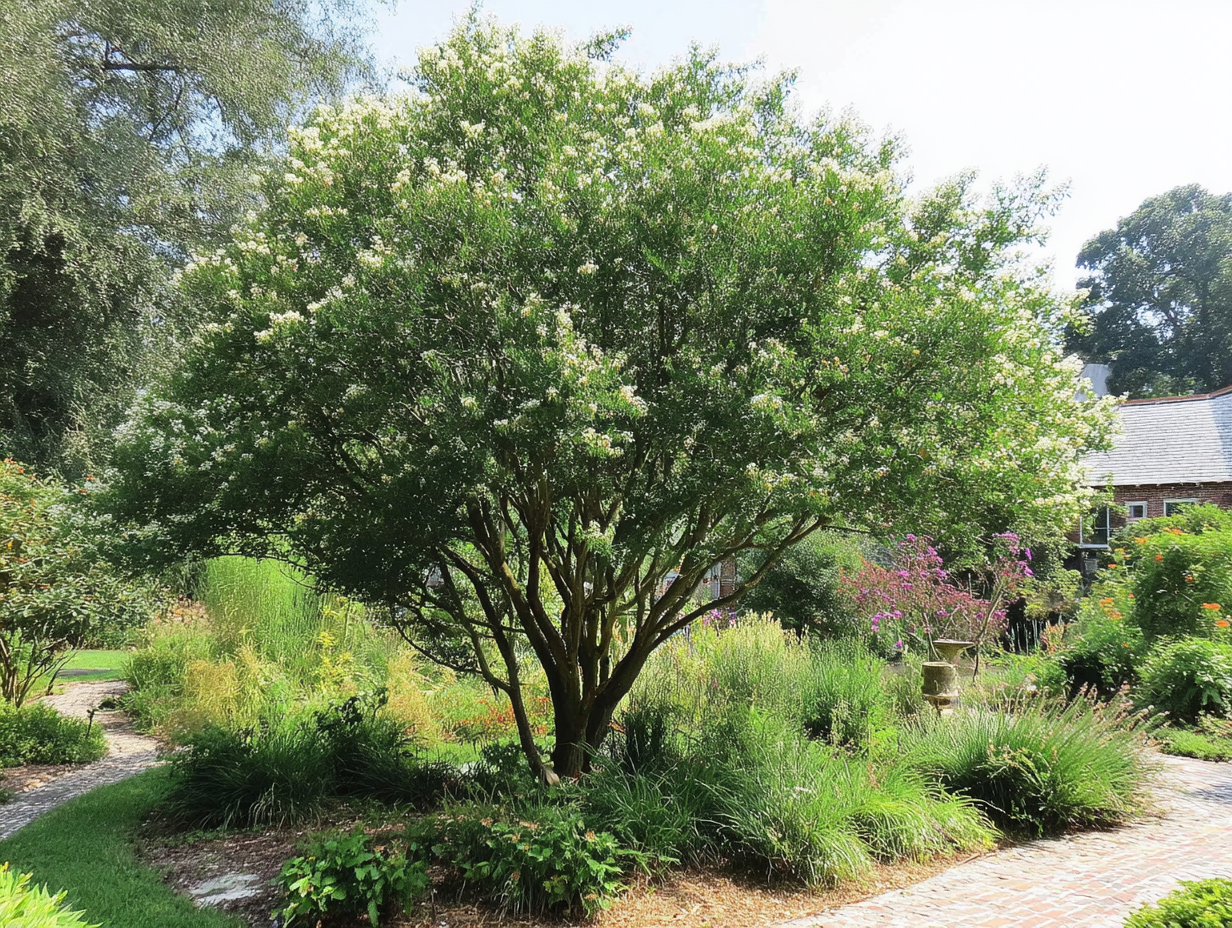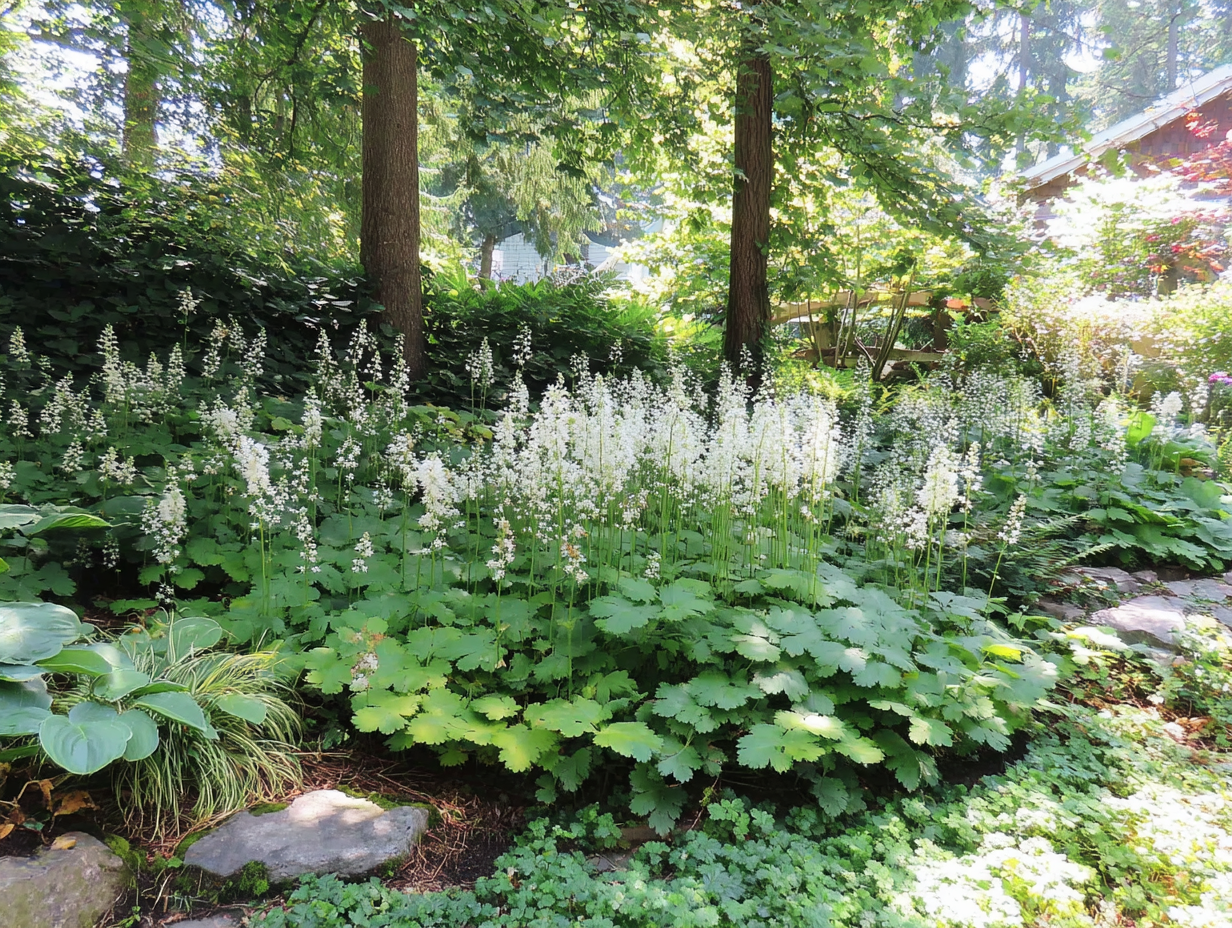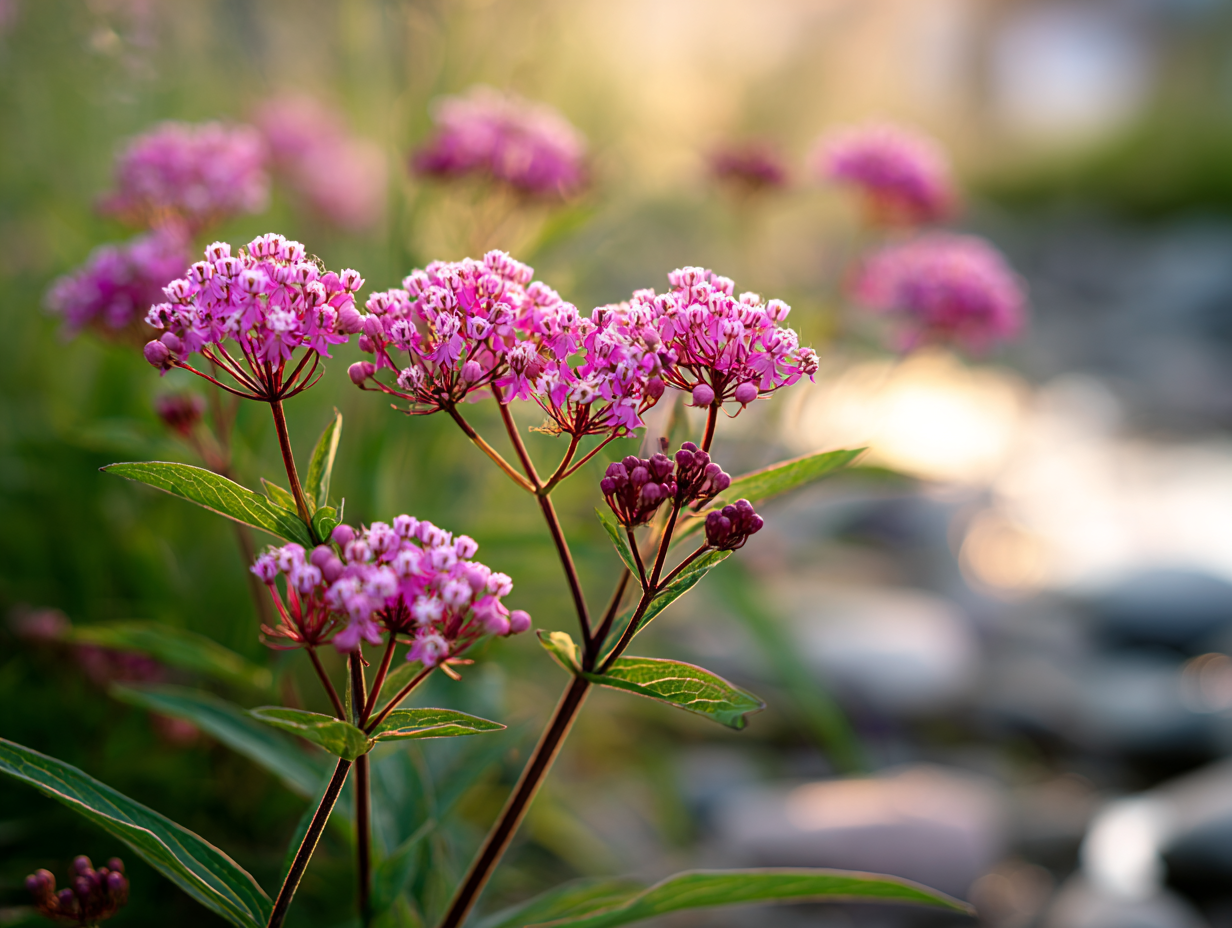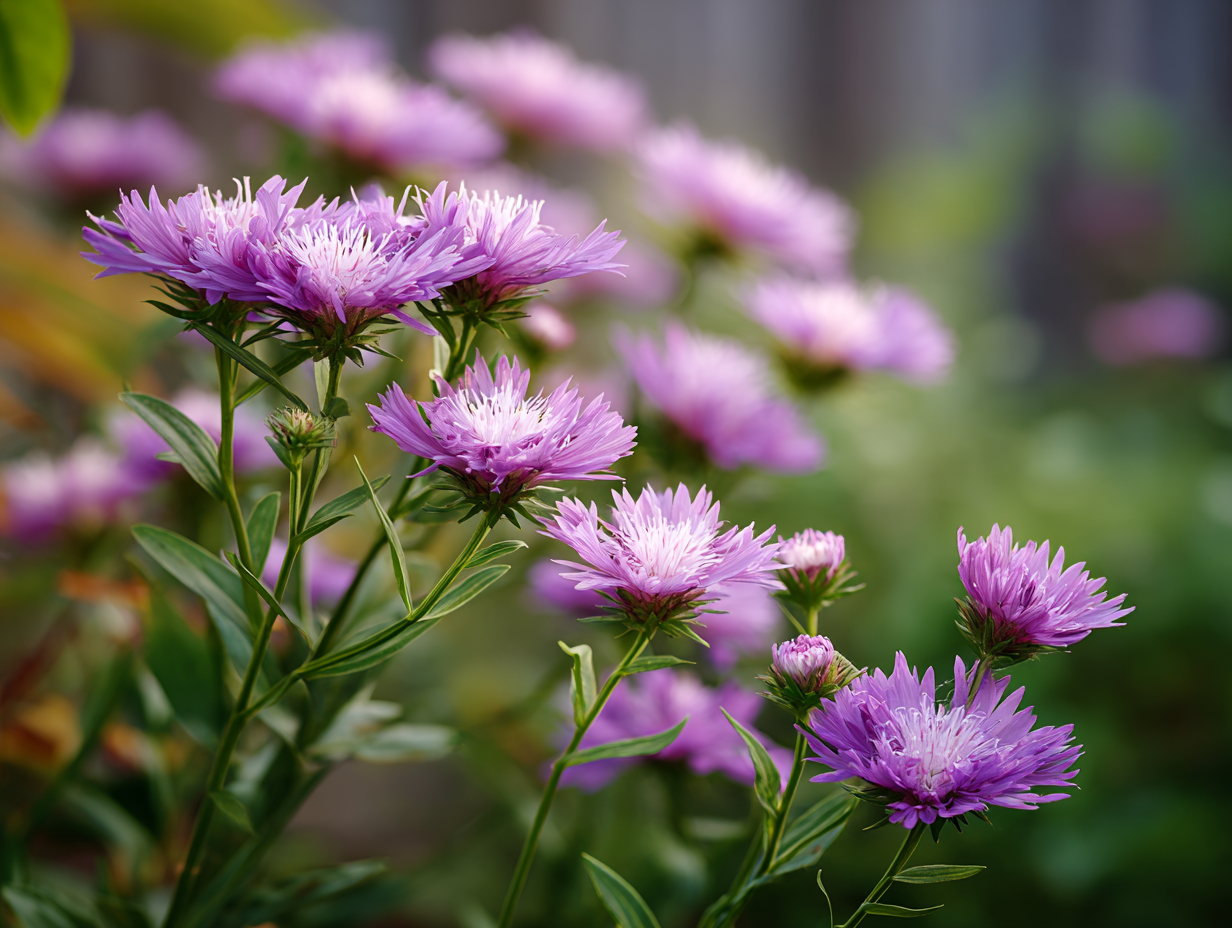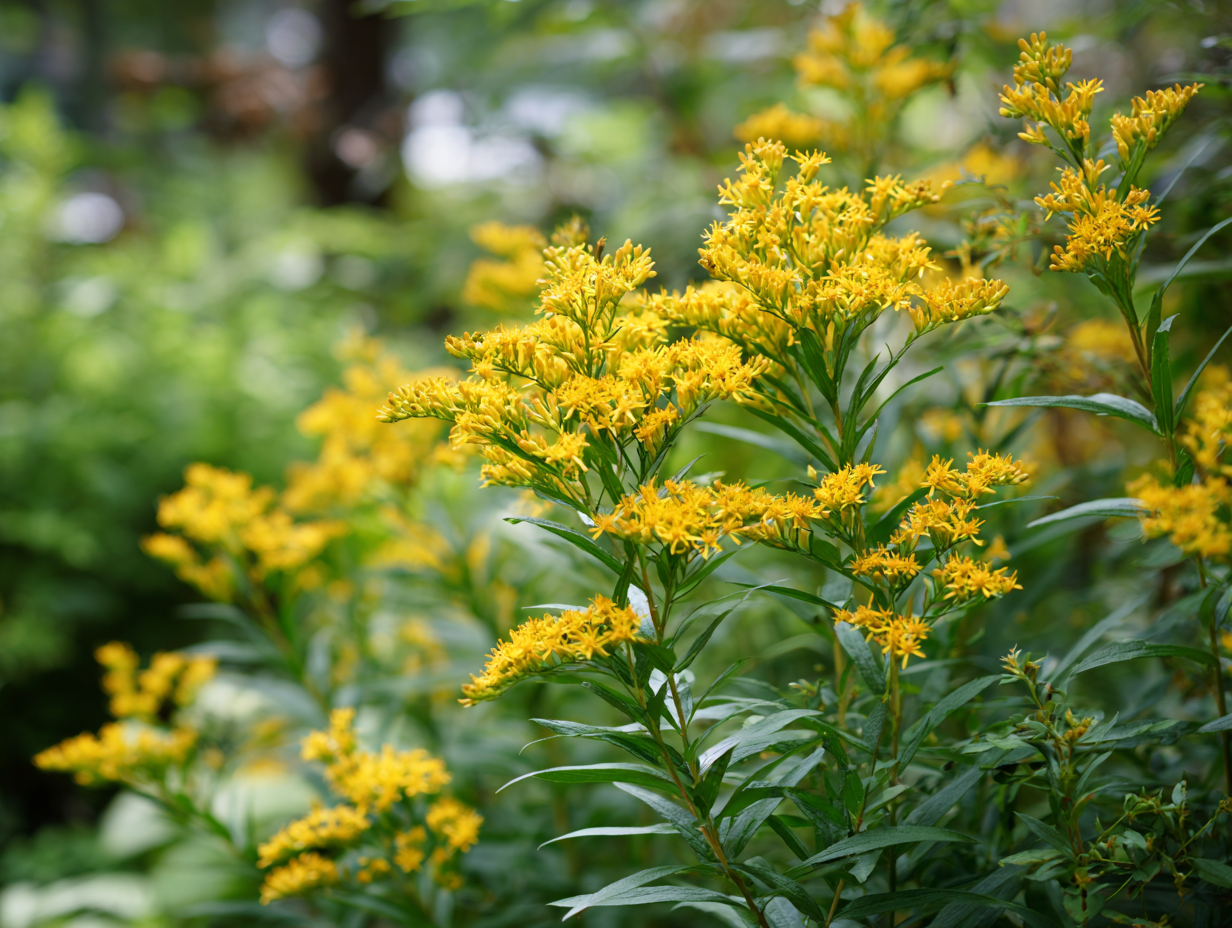Sustainable gardening isn’t just a trendy buzzword—it’s a long-term investment in the health of your yard, your community, and the local ecosystem. In Southeastern North Carolina, where USDA hardiness zones 8a and 8b create a unique blend of hot summers, mild winters, and sandy, acidic soils, choosing the right plants can make all the difference. Native plants are naturally adapted to this environment, making them drought-tolerant, low-maintenance, and incredibly beneficial for local pollinators and wildlife.
Whether you're planning a pollinator-friendly garden, replacing traditional turfgrass, or just want a yard that thrives with less input, native plants offer beauty, resilience, and ecological value. Below are 15 standout native species that thrive in coastal and inland communities across New Hanover, Brunswick, Pender, and Onslow Counties.
1. Eastern Purple Coneflower (Echinacea purpurea)
This sun-loving perennial boasts striking purple petals surrounding a spiky orange cone. It’s a favorite among butterflies and bees, and its seed heads also feed birds in fall and winter. It tolerates dry conditions well and thrives in sandy or loamy soils. A great addition to any pollinator garden.
2. Coral Honeysuckle (Lonicera sempervirens)
Unlike its invasive cousin Japanese honeysuckle, Coral Honeysuckle is a well-behaved native vine that produces bright red tubular flowers adored by hummingbirds. It’s semi-evergreen in mild winters, drought-tolerant once established, and perfect for fences, trellises, or mailboxes.
3. Little Bluestem (Schizachyrium scoparium)
This ornamental grass provides texture, color, and movement. Its blue-green blades turn coppery red in the fall, and it supports over 20 species of butterflies and moths. It thrives in poor soils and full sun and is an excellent choice for meadow-style or xeriscape plantings.
4. American Beautyberry (Callicarpa americana)
A beloved deciduous shrub with vibrant purple berries that appear in late summer and persist into winter. The berries are a favorite of birds, and the plant’s arching form makes it a good choice for informal hedges or wildlife gardens. It does well in partial shade and can handle sandy soil.
5. Butterfly Weed (Asclepias tuberosa)
A show-stopper with bright orange blooms that attract monarch butterflies, swallowtails, and bees. As a species of milkweed, it’s essential for monarch caterpillars. This low-maintenance perennial prefers full sun and well-drained soils—perfect for dry spots in your yard.
6. Dwarf Palmetto (Sabal minor)
For a tropical touch that’s actually native, consider the dwarf palmetto. It’s a small, fan-leafed palm that’s tolerant of flooding, drought, and salty soil. It adds a unique texture to shaded areas and supports local wildlife, especially birds that nest in its shelter.
7. Black-Eyed Susan (Rudbeckia hirta)
These cheerful yellow flowers are incredibly easy to grow and bloom from summer through fall. They thrive in poor, dry soils and are loved by pollinators. Once established, they’ll self-seed and return year after year, making them a staple of low-maintenance native plant beds.
8. Sweetbay Magnolia (Magnolia virginiana)
This elegant small tree or large shrub produces creamy white, lemon-scented flowers in spring and early summer. Unlike the Southern Magnolia, it’s more suited for smaller spaces and tolerates wet soils, making it ideal for rain gardens or naturalized areas.
9. Blue Wild Indigo (Baptisia australis)
An attractive perennial with blue-green foliage and spikes of blue-purple flowers in spring. Once established, it’s incredibly drought-tolerant and long-lived. The foliage provides interest throughout the growing season, and the plant fixes nitrogen in the soil, helping improve its fertility.
10. Coastal Plain Joe-Pye Weed (Eutrochium dubium)
Tall and stately, this perennial blooms with mauve-pink flower clusters that are a magnet for butterflies, especially Eastern tiger swallowtails. It thrives in moist soil and full to partial sun, making it a good candidate for rain gardens and low spots in the yard.
11. Wax Myrtle (Morella cerifera)
This fast-growing evergreen shrub is salt-tolerant and adaptable to a range of soil types, from sandy to clay. It’s commonly used in natural screens or hedges and provides food and shelter for birds and beneficial insects. The aromatic foliage repels insects, adding another perk for gardeners.
12. Foamflower (Tiarella cordifolia)
An excellent groundcover for shady areas, foamflower features delicate, frothy blooms and attractive foliage. It spreads by runners but is non-aggressive, making it perfect for woodland gardens or underplanting trees. It’s also deer-resistant and pollinator-friendly.
13. Swamp Milkweed (Asclepias incarnata)
This milkweed species prefers wetter soils than butterfly weed and is well-suited for rain gardens and areas with poor drainage. It produces clusters of pink flowers in mid to late summer and is an important host for monarch butterflies. The blooms are also fragrant and long-lasting.
14. Stokes’ Aster (Stokesia laevis)
A North Carolina native with large lavender-blue flowers that bloom through summer, even during drought. It does best in sunny, well-drained areas and makes a bold impact in borders or native flower beds. Bees and butterflies love it, and its compact form works well in containers too.
15. Seaside Goldenrod (Solidago sempervirens)
Despite goldenrod’s undeserved reputation for causing allergies (it doesn’t—ragweed is the culprit), this native species is a pollinator powerhouse. It thrives in salty, sandy soil and is commonly found along roadsides and dunes. In home landscapes, it offers late-season nectar and brilliant golden blooms.
Why Native Plants Matter
Native plants form the foundation of Southeastern North Carolina’s natural ecosystems. They co-evolved with local insects, birds, and wildlife, creating intricate relationships that non-native plants simply can’t replicate. For example, oak trees support hundreds of native caterpillar species—crucial food for baby birds. By contrast, many exotic ornamental trees support almost none.
Beyond supporting biodiversity, native plants offer practical advantages. They need less water, fewer fertilizers, and fewer pesticides than non-native plants. They’re more resilient to local pests and diseases. And because they’re suited to the regional climate and soils, they typically require less intervention overall—meaning less work and more time enjoying your garden.
Tips for Creating a Sustainable Native Garden in Zone 8a/8b
1. Start with what you have – Take stock of your yard’s sun, soil, and moisture conditions. Match plants to the existing environment instead of trying to amend everything.
2. Go chemical-free – Native plants don’t need pesticides or herbicides. This protects pollinators, improves soil health, and keeps runoff from polluting local waterways.
3. Plant in layers – Include groundcovers, perennials, shrubs, and small trees. Layering mimics natural plant communities and increases habitat diversity.
4. Avoid invasive species – Skip exotic plants like Japanese honeysuckle, Bradford pear, and English ivy. They outcompete natives and offer little to no value to wildlife.
5. Be patient – Many native plants take time to establish but will reward you with years of hardy growth. Deep roots develop slowly but offer long-term drought resistance.
Where to Buy Native Plants in Southeastern NC
You can often find native plants at local nurseries and garden centers that specialize in sustainable landscaping. Some reliable options include:
New Hanover County Arboretum Plant Sales
NC Coastal Land Trust Native Plant Sales
Local master gardener programs
Coastal Roots Garden Center in Wilmington
Plant Delights Nursery (based in NC, ships regionally)
Avoid big-box stores that may sell cultivars or plants mislabeled as native. Look for botanical names when shopping to ensure you’re getting the true native species.
A Garden That Gives Back
A yard filled with native plants is more than beautiful—it’s a thriving ecosystem that contributes to clean water, healthy soil, and resilient pollinator populations. In a region like Southeastern North Carolina, where coastal winds, sandy soils, and rapid development all challenge the landscape, planting natives is a powerful way to give back.
As you plan your garden this season, think beyond the curb appeal. Every native plant you add is a small but meaningful act of restoration. Together, we can create outdoor spaces that are not only sustainable, but also bursting with life.

